Why is my Limber Pine turning yellow?
Preston64804
10 years ago
Related Stories
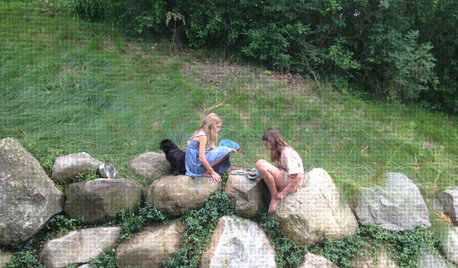
LIFETurn Off the Video Games and Turn On Your Kid's Creativity
Going nuts planning summer activities? Kids overdosing on screen time? It may be time to foster more self-directed play
Full Story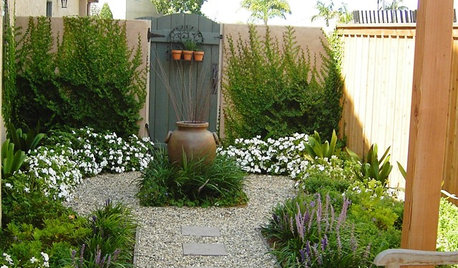
GARDENING GUIDESHow to Turn a Side Yard Into a Glorious Garden Room
With just 8 feet or so, you can turn a plain side yard into a garden that lets you get carried away
Full Story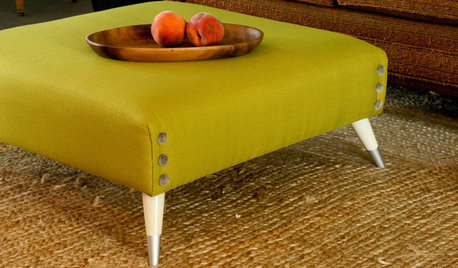
DIY PROJECTSTurn a Shipping Pallet Into a Stylish Ottoman
Get the step-by-step instructions for upholstering your own mod living room centerpiece
Full Story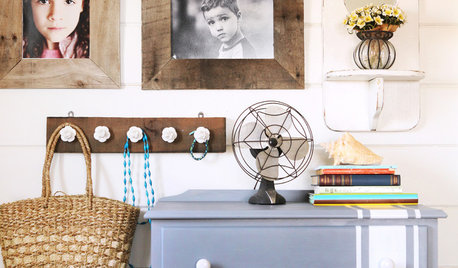
DIY PROJECTSTurn a Wooden Pallet Into Unique Photo Frames
Free wood? We're so in. Salvage a pallet or other cast-off wood to make delightfully distressed frames that fit almost any decor
Full Story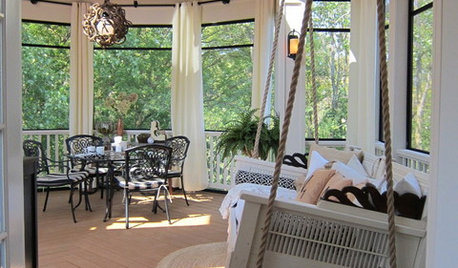
DIY PROJECTSReinvent It: A Houzzer Turns Thrifted Pieces Into a Swinging Daybed
Snuggle up on this delightful porch piece and you'd never guess it's made of salvaged scraps
Full Story
COLORBest Ways to Use the Soft Yellow Color of 2014
You may fall for PPG Pittsburgh Paints’ Turning Oakleaf if you like your hues warm, mellow and cheery
Full Story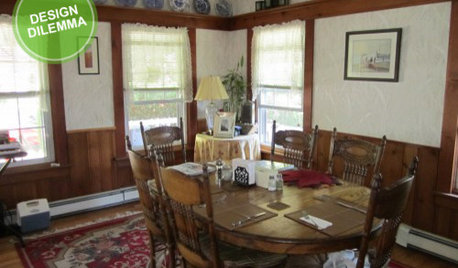
Design Dilemma: Keep or Nix Knotty Pine?
Help a Houzz User Choose a Paint Color for a Cohesive Design
Full Story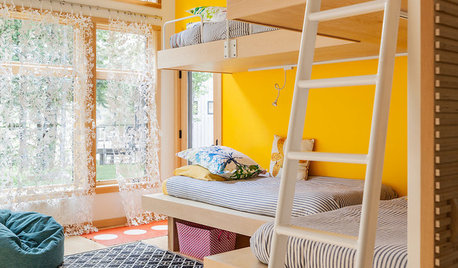
COLORDreaming in Color: 8 Eye-Opening Yellow Bedrooms
Start your day energized and cheerful with bedroom hues that sing of sunshine or golden fields
Full Story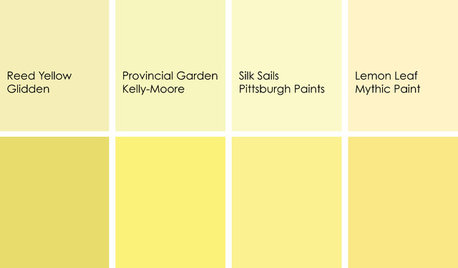
DECORATING GUIDESColor Feast: When to Use Yellow in the Dining Room
Make mealtimes a cheery affair with swaths of this sunshiny hue on your dining room walls, furniture or ceiling
Full Story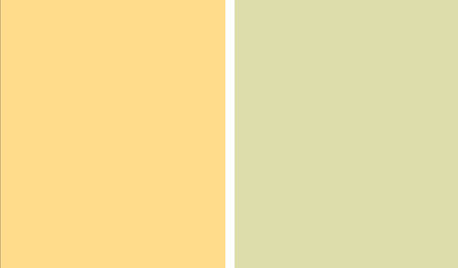
DECORATING GUIDESPaint Color Ideas: 8 Uplifting Ways With Yellow and Green
Dial up the cheer with yellow and green paint combinations sure to cast off winter doldrums
Full StoryMore Discussions






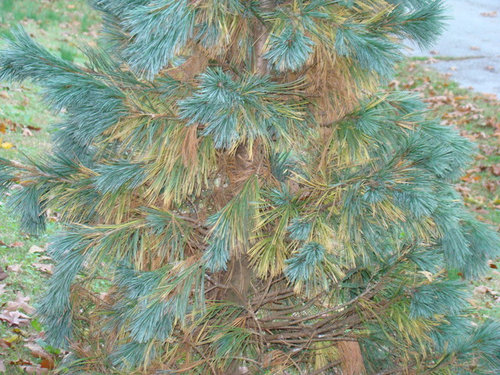



David Olszyk, President, American Conifer Society
ken_adrian Adrian MI cold Z5
Related Professionals
New Bedford Landscape Architects & Landscape Designers · Garden City Landscape Architects & Landscape Designers · Lowell Landscape Architects & Landscape Designers · Wheeling Landscape Architects & Landscape Designers · Wilmington Landscape Contractors · East Haven Landscape Contractors · El Reno Landscape Contractors · Elmhurst Landscape Contractors · Kerman Landscape Contractors · Louisville Landscape Contractors · Munster Landscape Contractors · Pomona Landscape Contractors · Red Oak Landscape Contractors · Siloam Springs Landscape Contractors · Wilton Landscape Contractorspineresin
Preston64804Original Author
Preston64804Original Author
ken_adrian Adrian MI cold Z5
123cococo
jean001a
outback63 Dennison
Preston64804Original Author
pineresin
bengz6westmd
bengz6westmd